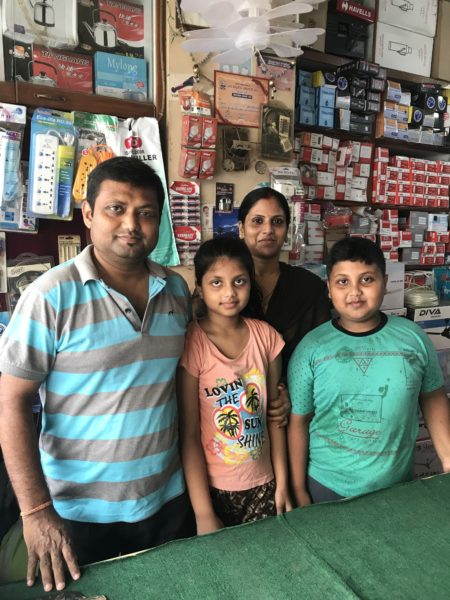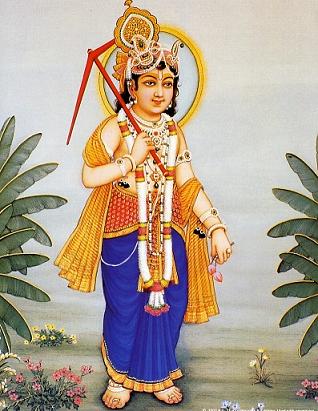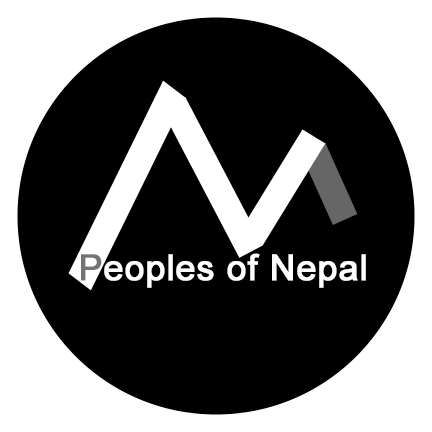Party with a Purpose
Wealth is a touchy subject in Western culture. Everyone seems to want it, but few people actually talk about it. From this understanding of wealth as private information, I was surprised when I talked to members of the Kalwar people group. Families like the one pictured talked to me openly in their shops about their high status in society. They were honest about the power they gained in society because of their wealth. But they were also just as excited to tell me how they use this wealth to help other people. The annual celebration of the Balbhadra festival provides one example of how the Kalwar people use their wealth for the common good.

The Balbhadra festival is unique to the Kalwar people. Unlike many people group traditions, this one is relatively young. The Kalwar people started celebrating the Balbhadra festival after their ancestors shifted from agriculture-based living to business-based living about 100 years ago. Once the Kalwar people became wealthy businessmen, they looked for ways to use their wealth to improve their communities. The Balbhadra festival allows the Kalwar people to thank their family god Balbhadra for blessing them and also share those blessings with less fortunate members of the community. This festival can be celebrated among Kalwar people in both villages and cities. While some villages still celebrate the festival independently, many Kalwar people will leave their villages and go to the nearest large city to celebrate. The main Balbhadra festival hubs are Birgunj, Kathmandu, and Biratnagar. The Balbhadra festival is celebrated one day during the month of Bhadra. This date fluctuates each year but is regulated by the Kalwar Committee in the area. The festival celebration might vary from celebration hub to celebration hub, but the standard festivities follow a specific pattern.
In the morning, Kalwar families wake up around 7:00am. They carry out their own home puja to Balbhadra and then head to a meeting space in the city. This meeting space is typically a community building built by the Kalwar people. It could be a poor house or an apartment building that the Kalwar people operate to provide affordable housing for less fortunate people. At the meeting place, the Kalwar people worship together with songs and prayers. They sing songs that say “praise Balbahadra” and “joy Balbahadra.” While singing these songs, the Kalwar worshippers might also perform a simple dance by lifting their hands near their faces and waving them back and forth while swaying to the music.

After this group worship, the Kalwar people parade through the city. Prior to the celebration, Kalwar leaders prepare posters and flags with images of Balbhadra on them. Each year, a large poster of Balbhadra is made and put on a truck that leads the parade through the city. In addition to waving Balbhadra flags, the Kalwar people also play music in the streets. Often times, they hire a band to play traditional instruments such as the bhaja and kurda. While the Kalwar people are parading around the city, hired cooks prepare large quantities of vegetable dal bhat at the Kalwar community building. The parade concludes at the community building. Here, the Kalwar people might worship together one more time. After worshipping as a group once more, the Kalwar people invite anyone to join their dal bhat feast. Kalwar people invite their friends of other castes as well as any poor people in the community. The celebration ends as people from different people groups and socio-economic backgrounds eat together and enjoy each other’s company.
In a country where poverty looms and aid is not fairly distributed, the Kalwar people’s consistent commitment to help the poor around them is encouraging. This generosity and movement of resources to help those in need should be practiced not just by the Kalwar people, but also by the government and other leaders with influence in Nepal.
